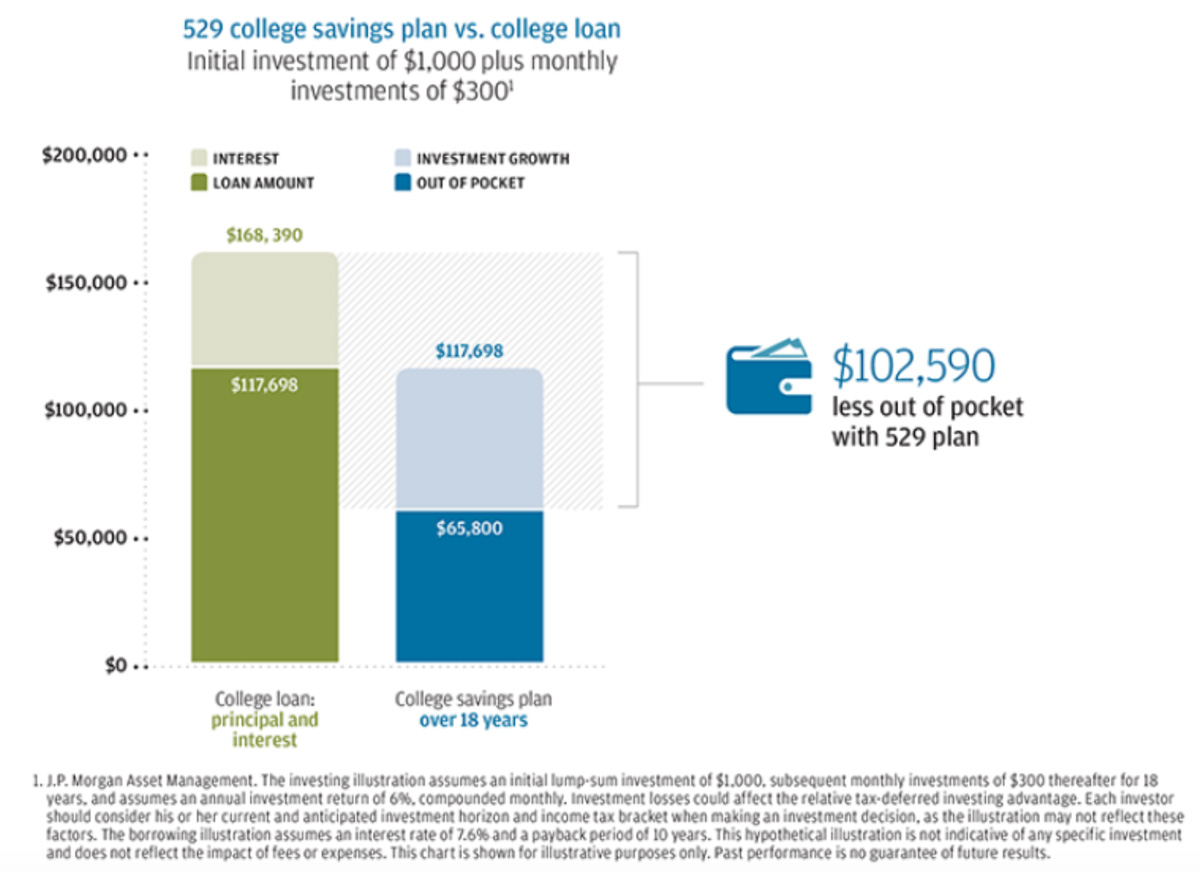
REPOST
Working with women over the last 20 years has taught me that we can’t help our families, our communities, or the world if we don’t understand how money works. I have seen firsthand that when women are engaged in financial decisions, as both professionals and as consumers, we can tip the scales and improve all women’s ability to lead and understand the influence of money on financial independence.
If you are a busy, multi-tasking woman, the first step is usually the most difficult. Once you decide to pull a financial plan together, the pieces start to fall nicely into place. Having trouble with those first steps?
Practical advice to get you started:
Give your personal financial life the attention it needs. If you feel like life is whizzing by, take time to step back and ask, “Am I on the right track?”. Implementing a financial plan serves as a point of reference for staying on track.
If your goals change along the way, make timely adjustments. You probably have at least a vague picture in your head of what you want in the future. The beauty of the financial planning process is that it makes conversations happen, especially with the help of a financial planner who can serve as a thinking partner.
Pull a team together. Your financial planner, tax preparer, and attorney can help you keep your arms around the different aspects of your financial plan. They’ll also recommend course corrections when necessary and chart the progress as you go.
Practical advice to keep you on track:
Continue to ask questions. Financial planning means asking, “Where do I want to be in 3 years?, 10 years?, 20 years?”. This may change as you go along.
Stick to your plan. Good financial habits are a foundation upon which you can build for a lifetime.
Stay focused on your priorities. A good plan will help you remember what is most important in your life and decide how your financial resources can help you get there.
The future is not the finish line; it is just the beginning, if you have the resources to lead the life you want. Is there a better reason to become more engaged with your finances and put your plan together?
Laurie Renchik, CFP®, MBA, is a Partner and CERTIFIED FINANCIAL PLANNER™ professional at Center for Financial Planning, Inc.® With 20 years of industry experience, she specializes in proactive retirement planning and helping clients assess risk in their portfolios.
This material is being provided for information purposes only and is not a complete description, nor is it a recommendation. Any opinions are those of Laurie Renchik, CFP®, MBA and not necessarily those of Raymond James. The information has been obtained from sources considered to be reliable, but Raymond James does not guarantee that the foregoing material is accurate or complete. Investing involves risk and investors may incur a profit or a loss regardless of strategy selected.

















